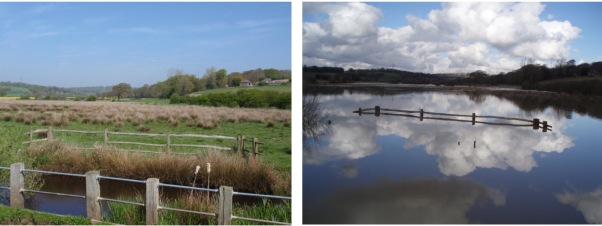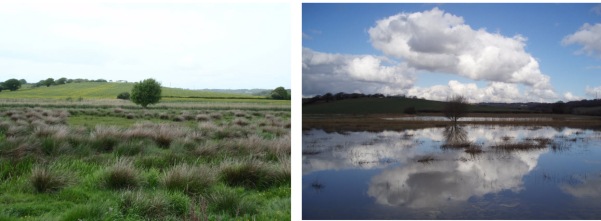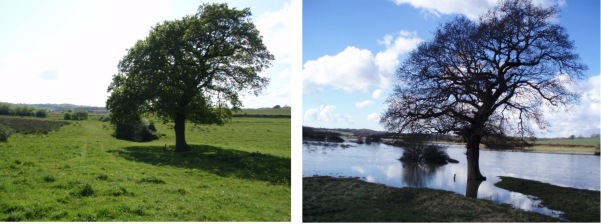Originally published February 2013
Hello everyone; I would like to say a very Happy New Year to one and all. However it is difficult to remain upbeat when a momumental act of environmental, cultural and social vandalism occurs on our doorstep. The tree clearances at Upper Wilting and Adam’s Farm in preparation for the building of the Bexhill to Hastings Link Road is the beginning of the end of a long battle. A battle fought by many people over several years and which we were confident, erroneously as it turns out, that we could win. What led us to believe that this road will not be built? In short, the fact that we were right!
It is no exaggeration to say that no-one has read more on the subject than the members of the Crowhurst Action Committee: certainly not the politicians of all persuasions that have lorded over us at both national and local levels. Every application, survey report (those we could get our hands on), the Environmental Impact Statement (EIS) and the revised EIS were scrutinised and picked apart in order to find the flaws in the scheme. In truth, no-one had to look too hard to recognise the many inconsistencies and anomilies that have been glaringly obvious all along. Is it a ‘relief’ road? Hardly, given its distance from the coast road and the fact that around 80% of the traffic on the A259 is local and probably not conducive to the idea of taking the long route up across the marshes to end up in Sidley. Will it regenerate Hastings? It has certainly not got off to a good start if creating local jobs was one of the goals! Let us see how quickly the long-empty industrial units in the area are utilised, if at all. So what is the real purpose of the Link Road? Housing seems to be the key. Thousands of new houses built at either end and ultimately filling in the gaps as much as possible. Seeing as land with planning permission is worth several hundred percent more than land without planning permission, it seems clear where the shortfall in the rising cost of the project is going to be sought.

Let us consider the logistics of the project. The Romans built roads over marshland, as did Blind Jack of Knaresborough several hundred years later. However water had plenty of channels to take in those days and was not hemmed in by vast tracts of concreted land. No-one can argue that the wetlands of Crowhurst and Combe Haven are natural landscapes; man has shaped and re-shaped the geographical features of our corner of the country over the centuries. What can be stated beyond doubt is that the present system of semi-wilderness bordering on agricultural land is both ecologically and hydrographically vital. Wetlands provide a specific type of ecosystem; different to grassland and permanent lakes. The latter is what we are more than likely to end up with. The water which runs out to sea at present can only back up turning a flood-plain into a flood. We shall see whether the measures promised in the revised EIS will actually ameliorate the impact on the wildlife, but it is going to take some major engineering to prevent regular flooding.

Even if by some miracle the impact on both the ecology and hydrography is lessened to an acceptable degree, there is still something fundamentally wrong about this project. It is a sad day for mankind when an area of environmental and cultural importance can be obliterated from the map and swept away in a tide of specious argument by those who have no connection to the land; its past, present or future. How long can a village survive when juxtaposed with urban sprawl? Our community is bound together by the fact that we are separated by a very narrow band of woodland and fields from the rest of the area. We are certainly not isolated but we do have a distinct identity that, at the risk of sounding maudlin, we treasure; whether we realise it or not!
Paul Johnson
